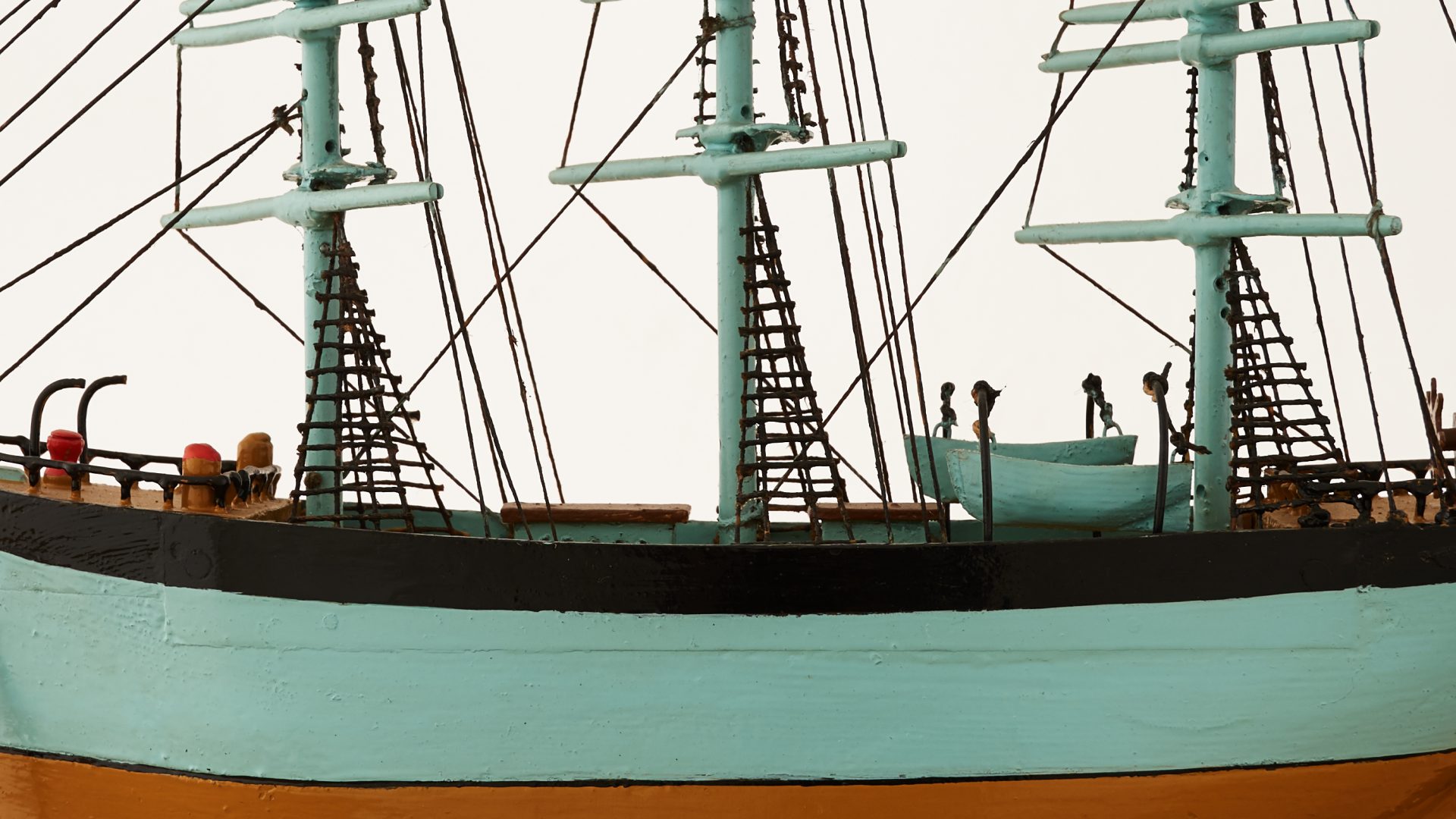A proper harbour was built during the reign of Henry VIII, who visited the town in 1543, but constant storm damage and silting problems meant it was in poor repair for the next 300 years.
In 1809 work began on a stone-built harbour and by 1820 a 14-acre enclosed harbour was complete. In 1842 the harbour was purchased by the South Eastern Railway who redeveloped and improved it to accommodate steam packet boats, providing a fast service to Boulogne. Fishing provided the town’s main employment for centuries. As west Folkestone became a fashionable resort, The Stade and harbour area remained a warren of fishermen’s hovels, fish markets, sail lofts, net drying sheds, ships chandlers and pubs.
Smuggling was rife as it often paid higher wages than fishing alone – most fishermen were involved, as were farm labourers who helped unload the goods. In 1746 a Royal Commission stated that 6 tonnes of tea and 1,000 gallons of brandy were smuggled into Folkestone each week.
Still the home of the Folkestone fishing fleet, the old harbour has seen many changes with the ferry terminal finally closing in 2000. The closure led to a change of use for the port and in 2015, the Harbour Arm reopened as a restored promenade and entertainment venue.
‘Folkestone fishermen are generally good natured improvident fellows, who live well while they have money, and starve when they haven’t, and have knowing, queer tales to tell you’
Handbook of Folkestone by S. J. Mackie, 1859

